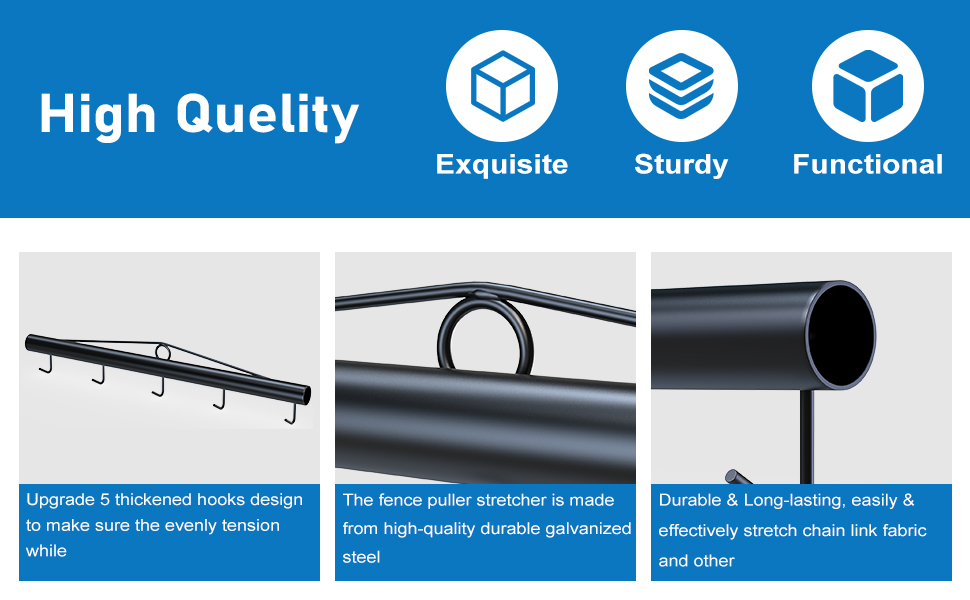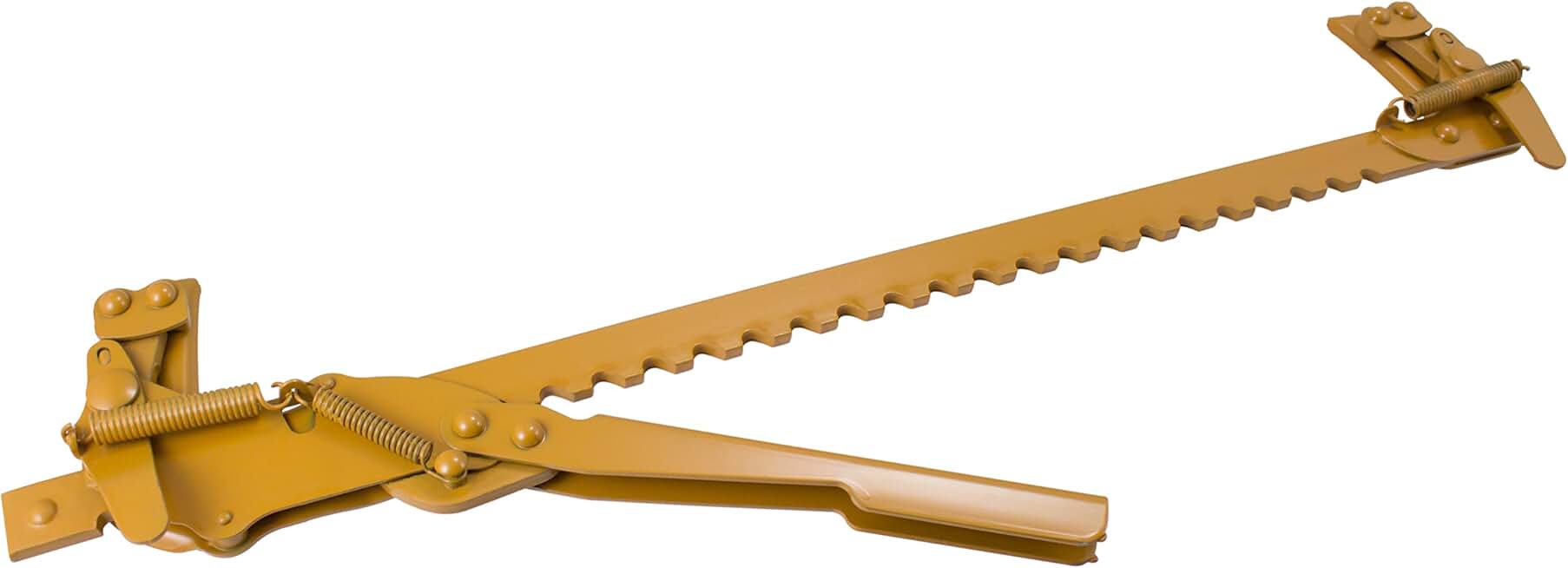Barbed wire stretchers are essential tools for farmers, ranchers, and anyone involved in fencing. Whether you’re repairing existing fences or building new ones, knowing how to use a barbed wire stretcher effectively can save you time, effort, and materials. This guide will explore the techniques, tips, and best practices to ensure that your fencing projects are successful.
Understanding Barbed Wire Stretchers
A barbed wire stretcher is a specialized tool designed to help stretch barbed wire tightly and evenly across fence posts. Proper tensioning of the wire is necessary to maintain fence integrity, deter livestock from escaping, and ensure the longevity of the fence. Barbed wire stretchers come in various designs, but they typically feature a gripping mechanism that allows the user to pull the wire taut.
Types of Barbed Wire Stretchers
There are several types of barbed wire stretchers available, each with its own unique features and benefits:
- Manual Barbed Wire Stretcher: This basic model relies on physical strength to stretch the wire. It is affordable, lightweight, and easy to operate.
- Pneumatic Barbed Wire Stretcher: This type uses compressed air to apply tension to the wire. It is faster and requires less manual effort, making it ideal for large fencing projects.
- Electric Barbed Wire Stretcher: Similar to pneumatic models, electric stretchers use an electric motor to stretch the wire. They are efficient and reduce physical strain on the user.
Essential Tools and Materials

Before using a barbed wire stretcher, gather the necessary tools and materials:
- Barbed wire
- Barbed wire stretcher
- Wire cutters
- Fencing pliers
- Post level
- Gloves for hand protection
- Safety glasses to protect your eyes
Step-by-Step Guide to Using a Barbed Wire Stretcher
Here’s a straightforward process for using a barbed wire stretcher effectively:
1. Prepare Your Fencing Area
Before stretching the wire, ensure that the area is clear of debris and obstacles. This preparation includes:
- Clearing vegetation and rocks from the fence line.
- Ensuring that the fence posts are securely anchored and upright.
- Measuring the distance between posts to determine the length of wire needed.
2. Unroll the Barbed Wire

Carefully unroll the barbed wire along the length of the fence, avoiding tangles and kinks. It’s essential to do this slowly to prevent damage to the wire. If necessary, use a wire roller or spool holder to keep the wire organized.
3. Attach the Wire to the First Post
Using fencing pliers, attach one end of the barbed wire to the first post. You can use a staple or a wire tie to secure it. Ensure that the wire is attached tightly to prevent slipping.
4. Set Up the Barbed Wire Stretcher

Position the barbed wire stretcher at the other end of the fence line. Here’s how to do it:
- Insert the loose end of the wire into the gripper of the stretcher.
- Adjust the stretcher to apply tension to the wire.
- Ensure that the stretcher is aligned with the fence line.
5. Stretch the Wire
Using either manual force, pneumatic pressure, or electric power, begin to stretch the wire. Monitor the tension to ensure it is evenly distributed across the length. The ideal tension should be firm enough to resist sagging but not so tight that it risks breaking.
6. Secure the Wire to the Final Post

Once the wire is adequately stretched, secure it to the last post. Similar to the first post, use staples or wire ties to hold the wire firmly in place. Check the tension once more to ensure it remains consistent.
7. Trim Excess Wire
After securing the wire, use wire cutters to trim any excess. Make sure to leave enough wire for future adjustments if necessary.
Common Mistakes to Avoid
Using a barbed wire stretcher may seem straightforward, but there are common mistakes that can compromise the quality of your fence:
- Over-tensioning the wire: Excessive tension can lead to wire breakage and may damage the posts.
- Ignoring safety precautions: Always wear gloves and safety glasses to protect yourself from injury.
- Neglecting proper alignment: Ensure that the wire runs straight along the fence line to maintain the fence’s structural integrity.
Case Studies: Successful Fencing Projects
Understanding how others have successfully used barbed wire stretchers can provide valuable insights. Here are two examples:
Case Study 1: The Johnson Family Farm

The Johnson family faced ongoing issues with livestock escaping due to sagging fences. By learning to use a manual barbed wire stretcher, they managed to tighten their existing fences significantly. The result was a 40% reduction in livestock escapes, leading to lower stress levels for both animals and farmers.
Case Study 2: Green Acres Ranch
Green Acres Ranch opted for a pneumatic barbed wire stretcher for their expansive property. With the ability to stretch wire quickly and efficiently, they completed their fencing project in half the time compared to using manual methods. The ranch reported a 25% increase in productivity due to the improved fencing system.
Statistics on Fencing Effectiveness

Research indicates that proper fencing can lead to significant improvements in livestock management:
- According to the USDA, well-maintained fences can reduce livestock losses by up to 50%.
- In a study by the American Farm Bureau Federation, 70% of farmers reported increased efficiency after upgrading their fencing systems.
Using a barbed wire stretcher is an invaluable skill for anyone involved in fencing. By understanding the types of stretchers available, following a systematic approach to stretching wire, and avoiding common pitfalls, you can create secure and effective fencing solutions. Case studies illustrate how proper techniques can lead to reduced livestock escapes and increased productivity. Remember, the key to successful fencing lies in preparation, execution, and ongoing maintenance. Equip yourself with the right tools and knowledge, and you’ll be well on your way to mastering barbed wire stretching.